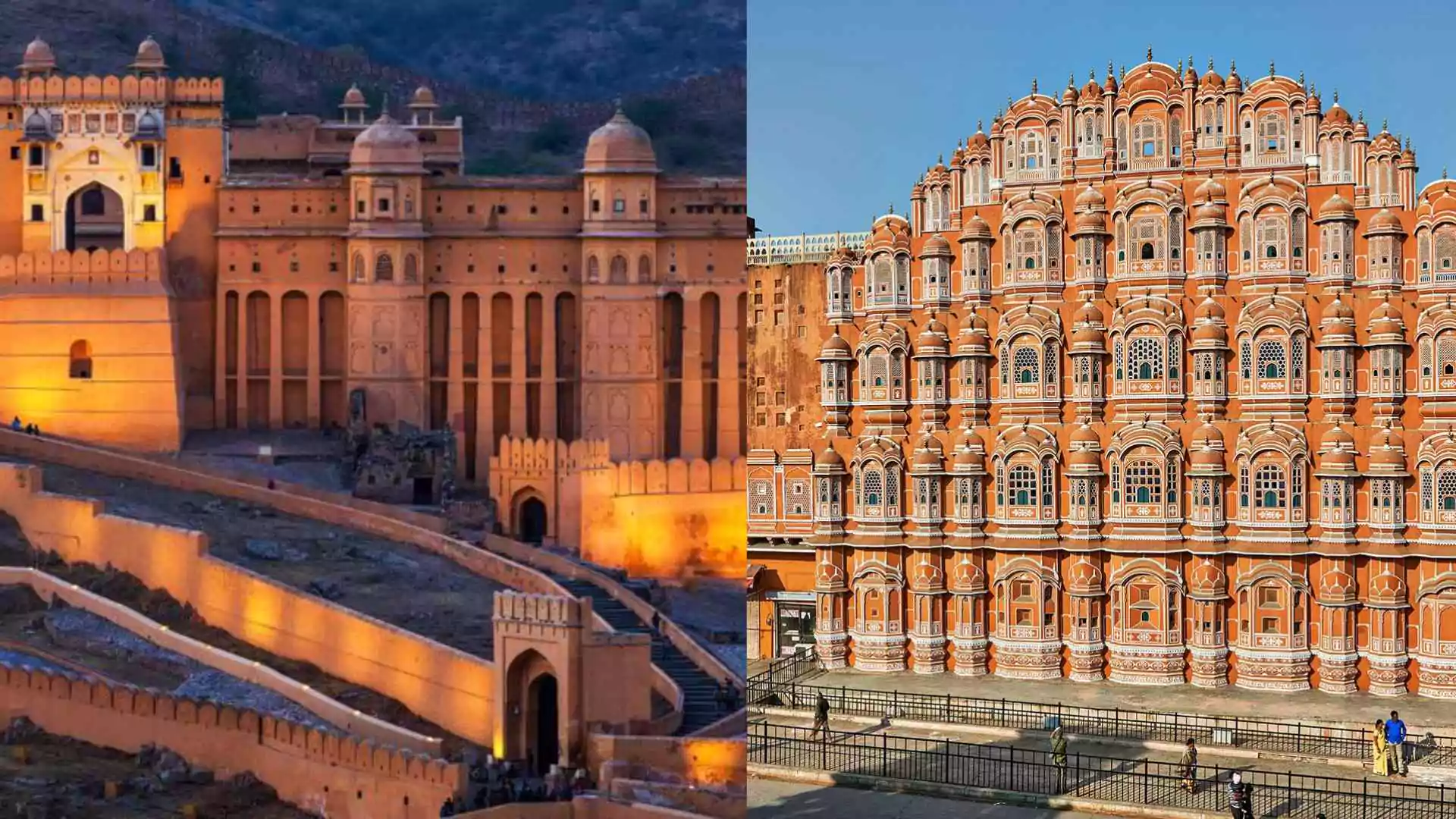India has emerged as the largest single market for Swiss watchmaker Rado, surpassing China, which is facing a downturn in its luxury sector. India’s growing demand in premium markets is filling the void left by China, attracting a range of global luxury brands to establish a strong presence in the country.
Rado, a part of the Swatch Group, has witnessed a surge in its sales in India, which now leads as the brand’s top market globally. Adrian Bosshard, Rado’s CEO, noted that while many markets are struggling, India is showing impressive growth. “Even China is facing challenges, but India’s momentum is unprecedented,” he said.
Other global luxury brands, including Bulgari, are also focusing their efforts on India to offset slumping sales in China. Bulgari’s CEO, Jean Christophe Babin, emphasized India’s potential, especially given the country’s favorable demographics and strong economic growth.
In addition, India recently surpassed China to become the second-largest market for diamonds, with strong double-digit growth. The country has also outpaced China in the consumption of high-end alcoholic beverages.
The Indian luxury market, currently valued at $8 billion, is expected to grow to $14 billion by 2032, with a CAGR of 7%. While India’s luxury market is still smaller compared to China, it is experiencing steady growth, unlike China, where demand has plateaued.
China’s Luxury Market Struggles
China’s luxury market faced a significant decline of 18-20% in 2024, returning to 2020 levels due to weak consumer confidence and rising overseas spending. This downturn is largely attributed to the end of the artificial growth spurred by the pandemic, and luxury goods are underperforming across various sectors. In particular, watches and jewelry saw the worst performance. Despite expectations for a slight recovery in 2025, the overall market in China is expected to recover at a slow pace.
Luxury brands are also facing challenges from booming second-hand and grey markets in China, where price-sensitive consumers are turning to cheaper alternatives as luxury goods become less affordable.
India’s Growing Luxury Demand
India’s luxury consumption is on a consistent rise, especially post-pandemic. As disposable incomes increase and the affluent population grows, more consumers are opting for high-end products and exclusive brands. From luxury cars to premium beauty products, demand is surging, especially in smaller towns where wealth is expanding.
India’s growing number of billionaires is a clear indication of this trend. In the past year alone, India minted a new billionaire every five days, with 334 billionaires recorded in 2024. This shift contrasts with China, which saw a 25% decline in billionaires.
The luxury market’s potential is also highlighted by reports that India’s ultra-high-net-worth individuals (UHNWI), those with assets exceeding $30 million, will grow by 50% between 2023 and 2028, becoming the fastest-growing UHNWI population in the world. As a result, luxury brands are increasingly focusing on India as a key market for growth.
In some luxury sectors, India is already surpassing China. The demand for luxury spirits, such as Scotch whisky and fine wines, has grown at a rate exceeding that of both the US and China, with India leading in the growth of luxury Scotch whisky.






















